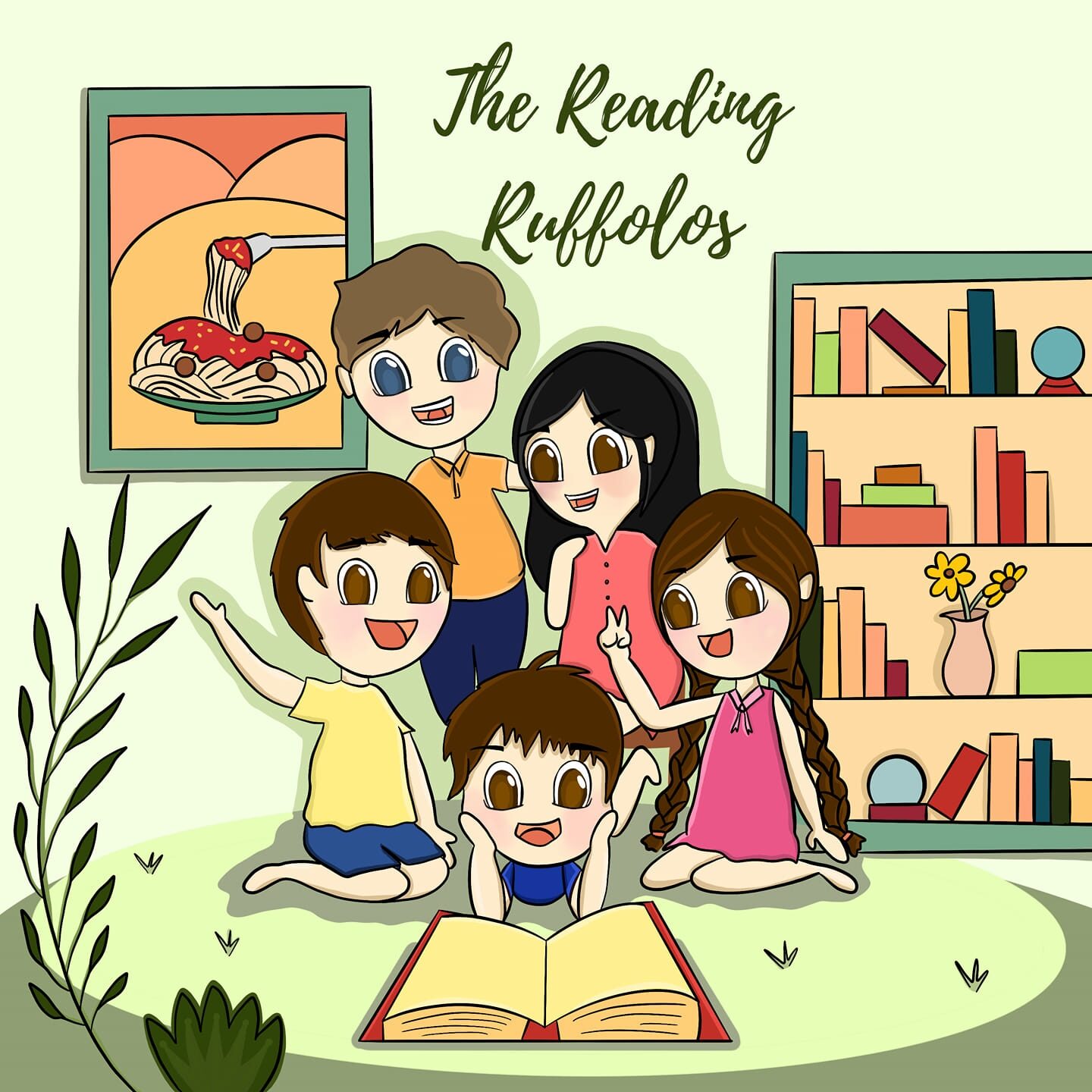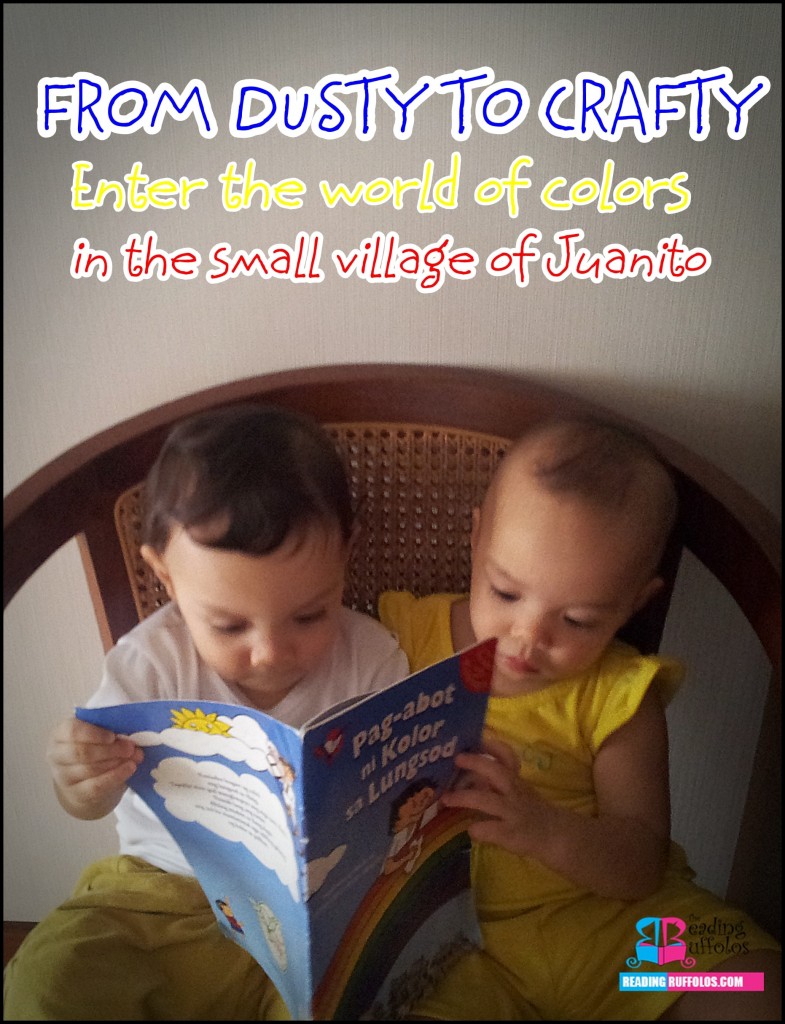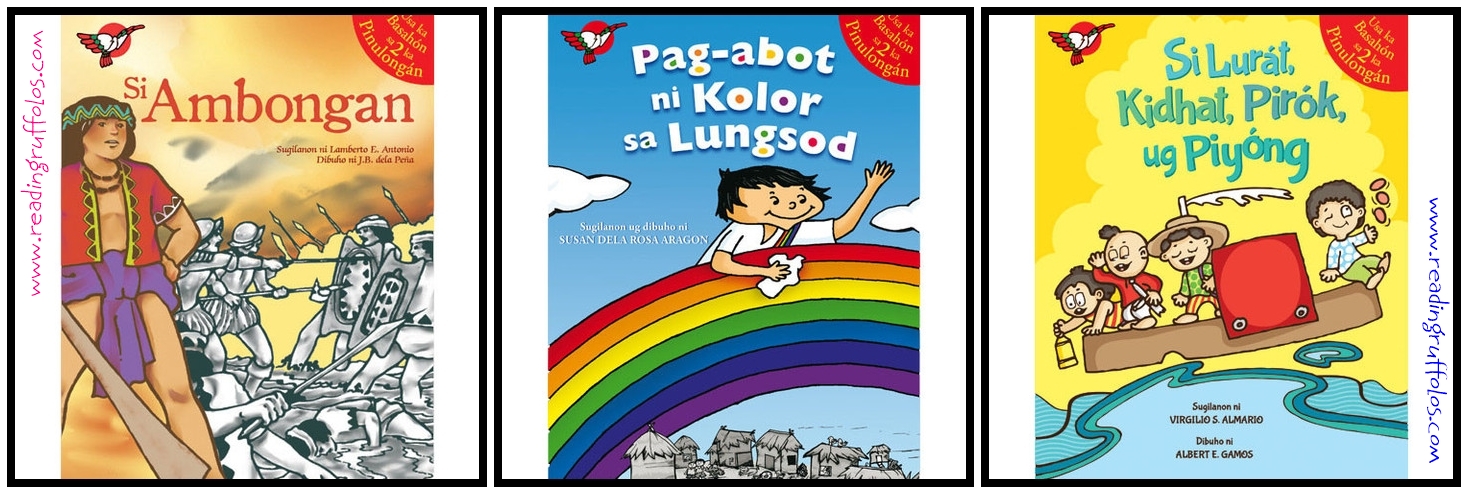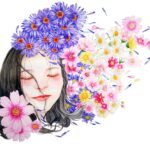This is the gist of the Philippine-published Pag-abot ni Kolor sa Lungsod or When Color Came to Town in English (the Filipino title is: Nang Magkakulay ang Nayon) published by Adarna House, and written and illustrated by Susan dela Rosa Aragon.
Published in 1977, Kolor is a subtle representation of a depressed society whose citizens are hopeless and unmotivated. Two characters – the boy Juanito and the man in white who later introduced himself as Pintor (painter) – are central to the story development and progression. This book talks about cleanliness, teamwork, and the need for change.
As part of the volunteer group for storytelling called Basadours, I have used the book several times in different occasions most notably in disaster-stricken areas in the provinces of Cebu and Bohol in the Philippines where we were asked to tell stories in child-friendly spaces in temporary shelters for those who were displaced by typhoons and earthquakes. The story sends a message of hope that positive attitude and teamwork will bring out the hidden colors of any town or village once again. Engagement activities can be done after storytelling based on the interest of the audience. You can ask them to make posters, share about their favorite colors and why these are their favorite, and start a discussion on how they can further help their communities to become better.
The book was originally published in 1997 in its Filipino version and is considered one of the publishing house’s oldest books. In 2010, Adarna House came out with bilingual storybook versions in English and Cebuano, a progressive move in reaching out to readers in other languages specially in Cebuano, another Philippine language spoken widely in different parts of the Visayas and Mindanao, not to mention Cebuano-speaking people who moved to Manila and Tagalog-speaking regions for personal and professional reasons.
Translating this book to Cebuano also strengthens Adarna House’s support for the Department of Education’s implementation of the Mother Tongue Based – Multi-lingual Education.
Along with Kolor, Adarna House also published Si Lurat, Kidhat, Pirok ug Piyong (from the Filipino Si Dilat, si Kindat, si Kurap, si Pikit written by Virgilio Almario and illustrated by Albert Gamos) and Si Ambongan written by Lamberto Antonio and illustrated by J.B. dela Peña. Si Ambongan was adapted from Makisig, The Little Hero of Mactan by Gemma Cruz Araneta.
I am looking forward to more bilingual storybooks in Cebuano and English or Cebuano and Filipino so we can share meaningful, value-laden stories and at the same time, encourage the use of our native languages.
***
Disclosure of Material Connection: Some of the links in the post above are “affiliate links.” This means if you click on the link and purchase the item, I will receive an affiliate commission. Regardless, I only recommend products or services I use personally and believe will add value to my readers. I am disclosing this in accordance with the Federal Trade Commission’s 16 CFR, Part 255: “Guides Concerning the Use of Endorsements and Testimonials in Advertising.”





